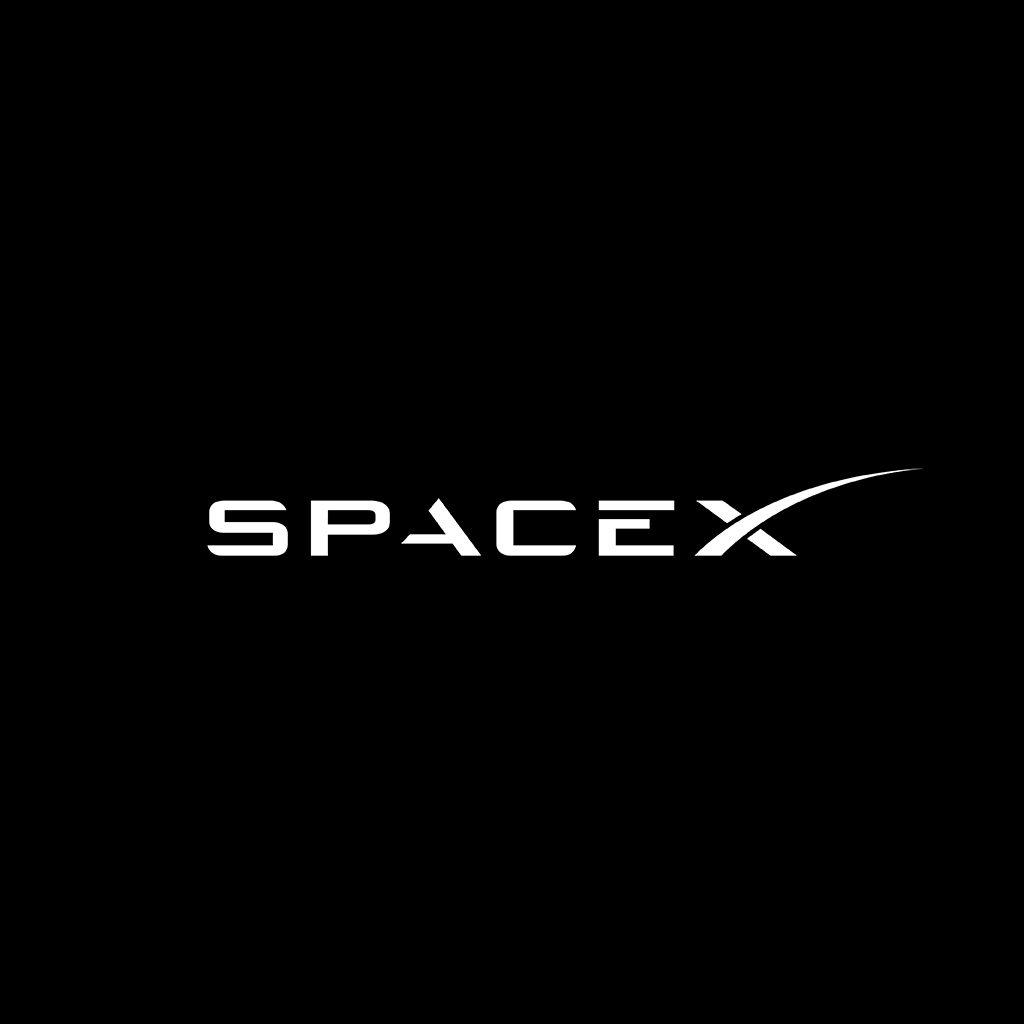“Rarely is a company more than a decade ahead of its competition.
For SpaceX, it is about to be 100x cheaper too.
Is this another first in human history?
Most of us will never be involved in a first-in-human-history event. Elon Musk and the teams he assembles have almost an uncountable string of firsts-in-human-history.
Ignore the noise, and follow the data:
From the AeroSpace journalist Eric Berger in Ars Technica:
But even with those caveats, Starship is already the most revolutionary rocket ever built. Because of a relentless focus on costs and cheap building materials, such as stainless steel, SpaceX can likely build and launch a fully expendable version of Starship for about $100 million. Most of that money is in the booster, with its 33 engines. So once Super Heavy becomes reusable, you can probably cut manufacturing costs down to about $30 million per launch.
This means that, within a year or so, SpaceX will have a rocket that costs about $30 million and lifts 100 to 150 metric tons to low-Earth orbit.
Bluntly, this is absurd.
For fun, we could compare that to some existing rockets. NASA's Space Launch System, for example, can lift up to 95 tons to low-Earth orbit. That's nearly as much as Starship. But it costs $2.2 billion per launch, plus additional ground systems fees. So it's almost a factor of 100 times more expensive for less throw weight. Also, the SLS rocket can fly once per year at most.
Then there's the European Space Agency's Vega rocket. Its costs are roughly on par with a Starship that has a reusable first stage. For $37 million, with Vega, you get about 1.5 metric tons to low-Earth orbit. Again, that's a factor of 100 times less payload than Starship.
Perhaps you're beginning to understand the revolution that's underway with the Starship vehicle?
But it's not just the cost or the payload. It's the cadence. SpaceX has four more Starships, essentially, ready to go. We have already seen SpaceX's proficiency with the Falcon 9 rocket. Does anyone doubt we'll see double-digit Starship launches in 2025 and many dozens per year during the second half of this decade? Access to space used to be a rare commodity. What happens to our species and its commerce in space when access is not rare or expensive?
This is the future into which we got a glimpse this week.
@SciGuySpace “



